Optimal Timing for Skill Assessments
Gradings are an essential part of evaluating progress and skill levels in various disciplines. Timing can influence the effectiveness and fairness of assessments, making it important to choose optimal periods for conducting them. Proper scheduling ensures that participants are adequately prepared and that the results accurately reflect their abilities.
Many organizations schedule gradings during specific seasons to align with training cycles and peak performance periods.
Timing should account for when participants have had sufficient practice and preparation to demonstrate their skills effectively.
Scheduling around major competitions or events can affect participant availability and focus during grading periods.
In regions like Destin, FL, weather patterns can influence the feasibility of outdoor or in-person assessments.

Spring offers longer daylight hours and favorable weather conditions for outdoor assessments.

Summer provides opportunities for intensive training leading up to summer assessments.

Fall allows for evaluations after a period of consistent training, often aligning with academic schedules.

Ways to make Gradings work in tight or awkward layouts.

Popular materials for Gradings and why they hold up over time.

Simple add-ons that improve Gradings without blowing the budget.
| Season | Advantages |
|---|---|
| Spring | Ideal for outdoor activities and longer days, suitable for beginners and advanced participants. |
| Summer | Allows for intensive training sessions, with flexible scheduling during school breaks. |
| Fall | Suitable after a period of consistent training, aligning with end-of-year evaluations. |
| Winter | Less common due to weather constraints but useful for indoor assessments. |
Gradings serve as a benchmark for skill progression and can motivate participants to achieve specific goals. Proper timing enhances their effectiveness by ensuring individuals are adequately prepared and that assessments reflect true capabilities. Scheduling should consider training cycles, participant readiness, and external factors such as weather and local events.
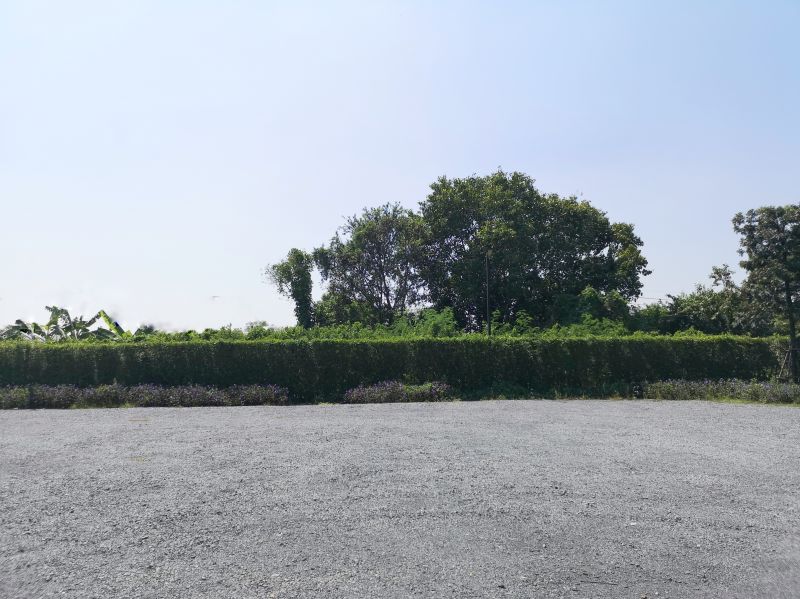
Participants demonstrating skills in an outdoor setting.

Indoor environment suitable for controlled assessments.
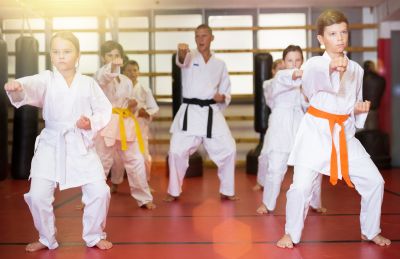
Participants practicing before their grading.

Assessors observing participants during grading.

High-end options that actually feel worth it for Gradings.
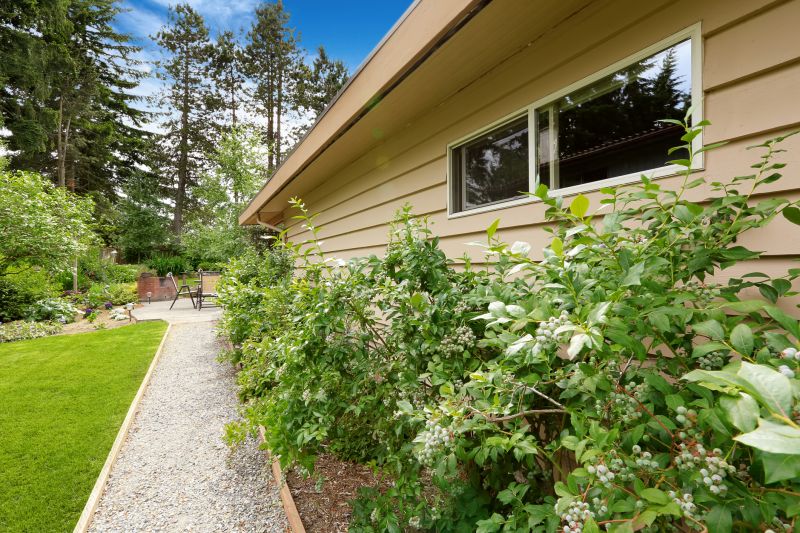
Finishes and colors that play nicely with Gradings.

Little measurements that prevent headaches on Gradings day.
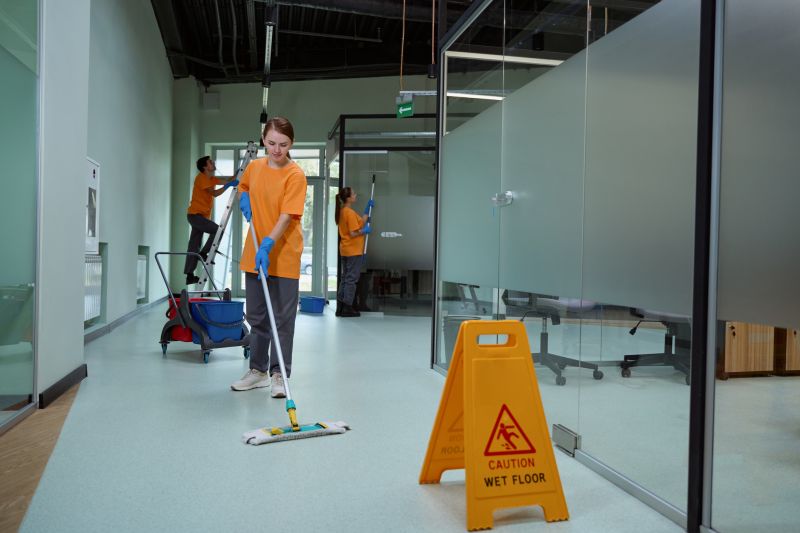
A 60-second routine that keeps Gradings looking new.
Choosing the right time for gradings can improve the accuracy of skill assessment and participant confidence. It is recommended to align grading schedules with training progress and seasonal considerations to maximize fairness and effectiveness.

Participants receiving their grading certificates.

Preparatory training before grading.

Participants sharing their experiences post-grading.

A frequent mistake in Gradings and how to dodge it.

Small tweaks to make Gradings safer and easier to use.
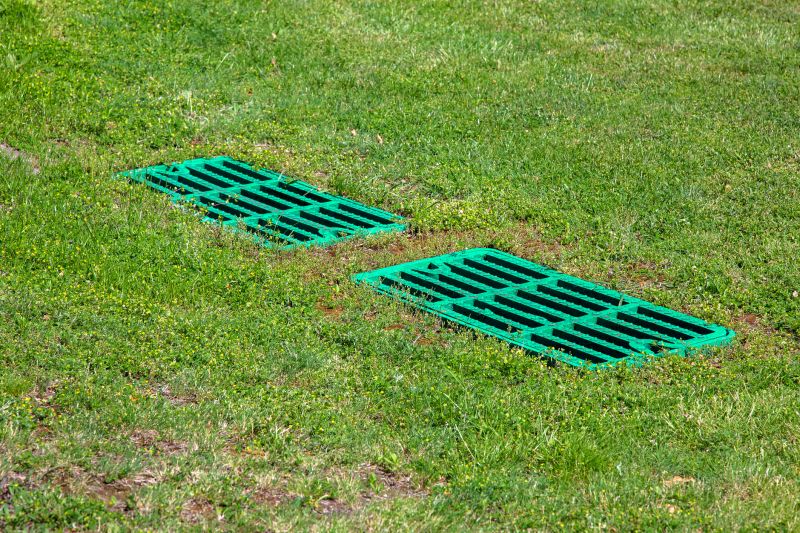
Lower-waste or water-saving choices for Gradings.
Those interested in scheduling gradings are encouraged to contact for more information. Proper timing can significantly influence the outcome and fairness of assessments, making it a crucial consideration for all involved parties.
